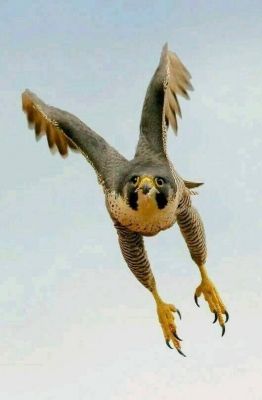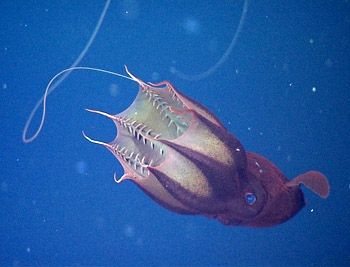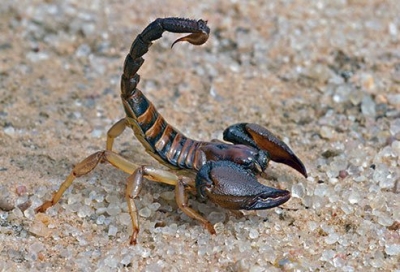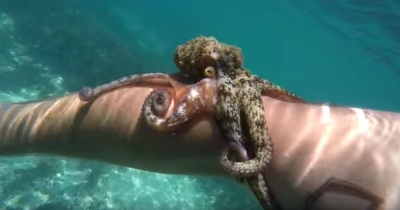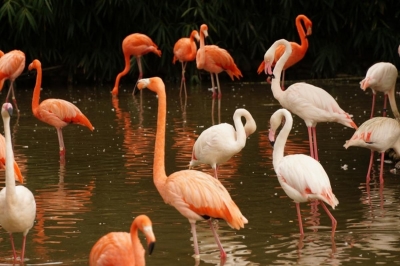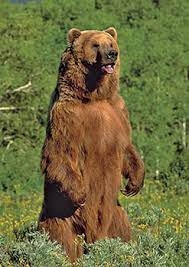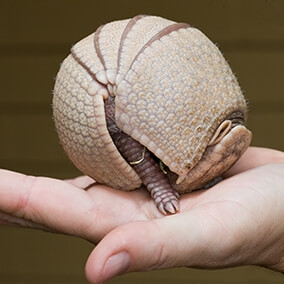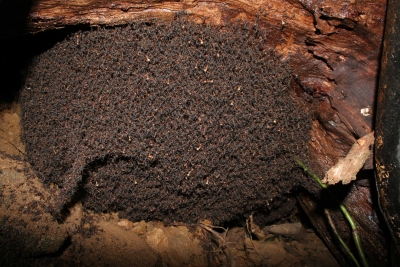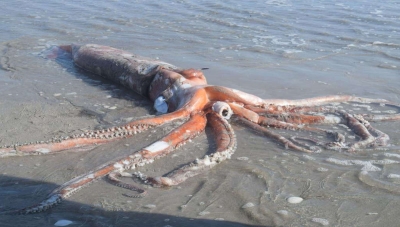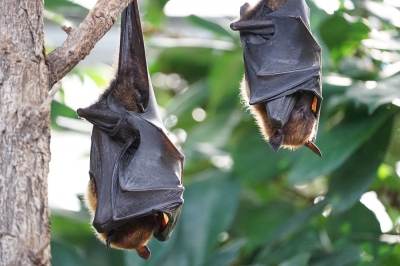How did the Goliath bird-eating spider get its name?
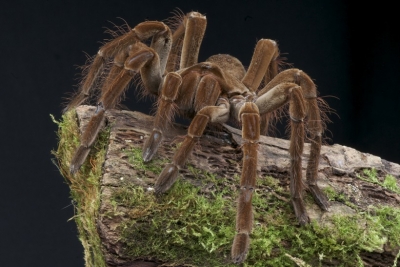
Despite their common name, birds are rarely eaten by this species. They were so named because one was seen eating a hummingbird. They may feed on a young bird found in its nest, but mainly eat frogs, lizards, beetles, small snakes and bats.
The hairy body of the Goliath bird- eating spider is dark and light brown in color. The variation of color in this tarantula gives it the somewhat golden shade, thus the name species name blondi. They have two body parts which is the head and neck combined (cephalothorax) and the abdomen. They have eight walking legs; two front appendages that resemble shorter legs (pedipalps) and two fangs (chelicerae). The pedipalps help grab and hold prey; the fangs, located on the underside of the chelicerae, inject venom into the victim. They are often said to be the heaviest spider in the world. Leg span can reach 12 inches (30.5 cm) and weight can be more than six ounces (170 gr).
Goliath bird-eating spiders are nocturnal, living in burrows that have been abandoned by other small animals. They are solitary and only have partners for mating. They are very aggressive and defend themselves by stridulation (a warning sound) and throw off barbed hairs from their abdomen. The exoskeleton of the spider is shed at least once each year, allowing it to grow but they are quite vulnerable during this stage.
They can be found in the wet swamps and marshy areas in the rainforest located in the northern South American countries of Suriname, Brazil, Guyana and Venezuela.
Credit : The Dallas World Aquarium
Picture Credit : Google
